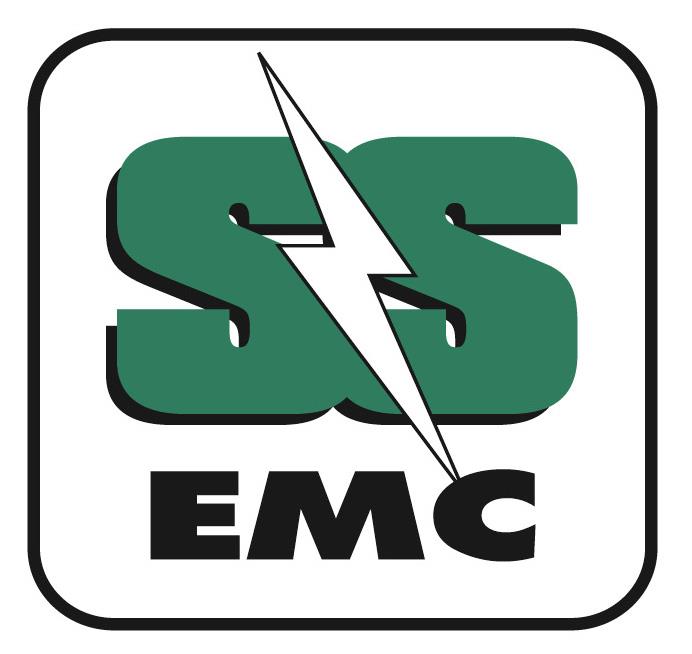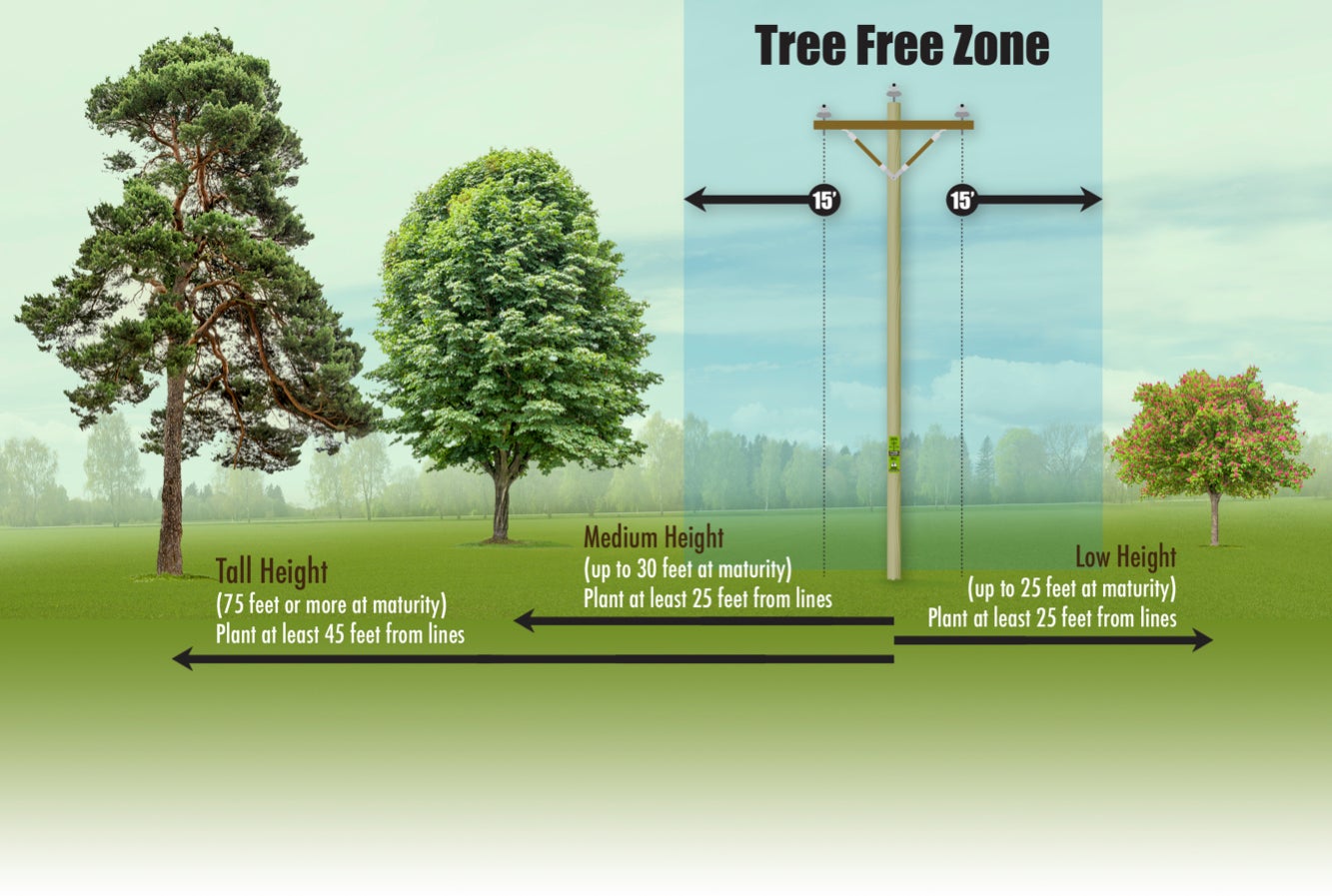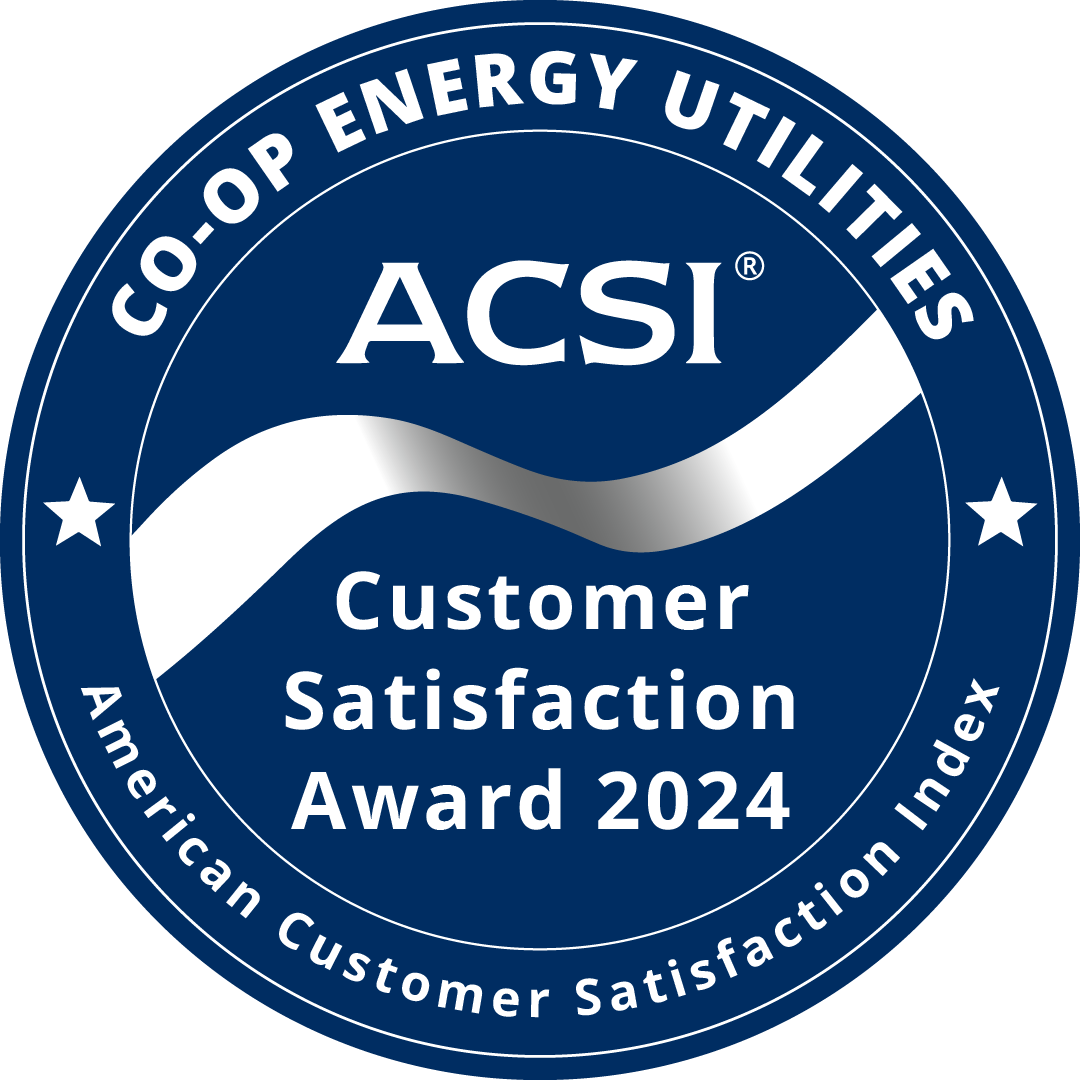General:
Vegetation management is a vital and necessary part of delivering safe, reliable and affordable power to our members. Snapping Shoals EMC's system has over 6,000 miles of lines that are either underground or overhead. The vegetation must be managed to varying degrees on all these lines. We maintain a 4 to 5 year cycle on overhead lines and a 10 to 12 year inspection cycle on underground lines. Experience has shown this gives the greatest opportunity to achieve the goals of safety, reliability, and affordability. We understand that this can be intrusive to our members and we appreciate your understanding and cooperation.
Reliability:
Tree trimming and removal help us reduce the number of outages we would otherwise experience. Proper pruning and Right of Way(ROW) management helps us maintain access to our facilities to ensure work can be done in a safe and timely manner. Proper pruning also helps us avoid situations where power is consumed through the contact of the vegetation to the power line. The result is a "loss" because some electricity is passed through the tree and never makes it to the homes of our members, yet it still has to be paid for all by us.
Safety:
SSEMC has a responsibility and a duty to maintain the vegetation within the easements along the power lines. We do so in accordance with the NESC (National Electric Safety Code) and ANSI (American National Safety Institute) standards. Trees can create undesirable working conditions for our employees. They can also damage conductors and cause lines to fall. We are committed to the safety of our members and employees. We have learned through many years of experience that proper ROW management is essential to reducing these and other hazardous conditions.
Reporting:
If you have any issues with trees near power lines, do not attempt to handle it yourselves. Please contact us and we will gladly consult with you to find the proper solution. It is required by Georgia law that any work within 10 feet of overhead lines must be reported through the Utilities Protection Center 72 hours before work is done. Contact the Utilities Protection Center by calling 811. This allows the opportunity to ensure that all parties are notified and work can be done in a safe manner.
Affordability:
Right of Way management is an expensive endeavor; however, it is more expensive to ignore it. We monitor our programs and adapt them when there is an opportunity to increase effectiveness and reduce costs. Our programs are a significant factor in keeping affordable rates. Your cooperation is a huge and vital part of that and we thank you for it.
Right of Way Management Practices:
Our trimming is mainly done by our contracted company, Georgia Right of Way. They start from the substation and clear a line to the endpoint and then start another. They continue this process until the system has been covered, and then they begin again. This is referred to as “cycle trimming” and is done on a continuing rotation. Re-growth and other factors make this necessary. They have guidelines they follow in order to manage this process for the greatest effect on the goals mentioned earlier. (Please refer to the illustration below.)
Spraying:
SSEMC sprays our Rights of Way on a 3-year cycle. The system is divided into 3 areas and each is sprayed on a continuing cycle every third year. The goal of this program is to eliminate small trees within the existing tree line and along it. We do this through a back-pack spraying method, which allows us to target small trees. The result is that grasses are left undisturbed and they begin to “take over" the areas within our rights of way and reduce the amount of clearing that is needed. The herbicides we use are strictly regulated and meet all state and federal requirements. They are specifically designed and formulated to target the plants and growth we are seeking to control.
Underground:
Our underground lines and equipment are inspected on a 10- to 12-year cycle. Although vegetation is less likely to cause problems with underground lines, we still have to maintain certain standards. Our equipment has signage that indicates places to avoid planting. In some cases, if access and safe operation would be compromised, we will remove trees and shrubs. See illustration below.
Service Lines:
These are low voltage lines that carry service voltage to your house. They do not require the same type of trimming as the higher voltage distribution lines. These are inspected during trimming cycles, and limbs that are making “hard” contact are removed. Limbs that are only near, brushing or in “light” contact are not a threat. Dead or damaged limbs above the wire may also be removed. Tree removal is usually only done if trees are dead. In most cases, SSEMC will disconnect service to lines to prevent damage while tree companies contracted by homeowners remove trees. We then reconnect service when work is completed.
Notification:
SSEMC or our contractors will make an effort to notify you before performing work on your property. As a courtesy, we knock on doors before starting work. If the work to be done requires actual removal of trees, a door hanger will be left with contact numbers and a date on which the work will be performed. You are not required to call back if you understand clearly what work is going to be done. If you have questions or concerns, you will need to make contact prior to the work date set forth on the door hanger. We do not leave door hangers for routine trimming. As stated above, crews conducting cycle trimming follow lines from station to end. This means that they are in a given area for several days or weeks. If you become aware of cycle trimming in your area and have concerns, please give us a call.
Member Rules and Regulations:
Please view our Member Rules and Regulations for additional information. The Rules and Regulations can be found in our Member Handbook. See Section 310L for reporting adverse right of way conditions. See Section 375 for Right of Way easements and right of access. See Section 375A for clearing, re-clearing and maintenance of Rights-of-Way.


